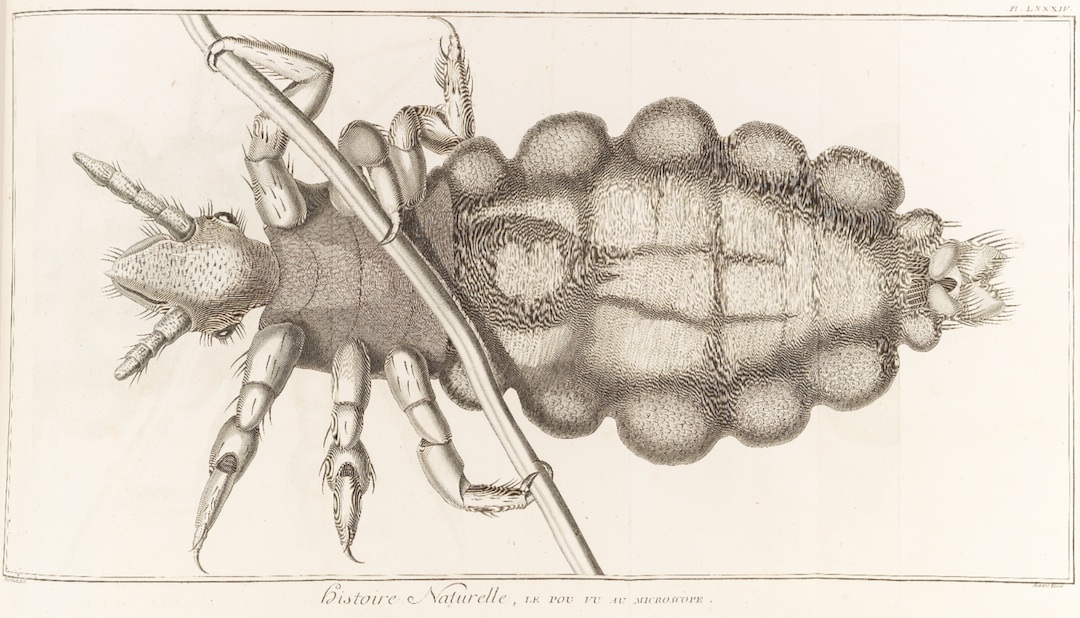
In 1846, the prolific but now-obscure Victorian writer James Malcolm Rymer introduced the notorious Sweeney Todd in the String of Pearls, or, The Barber of Fleet Street: A Domestic Romance. The story of a London barber who kills and robs his clients, and whose accomplice turns their remains into meat pies, became an immediate bestseller. Originally published serially, it appeared in 1850 as an expanded one-volume edition, which is a book of excessive rarity today.
Rebecca Nesvet, UNC Ph.D. candidate in English and Comparative Literature, had been able to find only one institution holding that illustrated classic, the British Library in London. She became aware, however, of another copy for sale by an antiquarian book dealer and alerted the RBC. Thanks to Ms. Nesvet’s tip and the William A. Whitaker Fund, which provides generous amounts for the purchase of English literature at Chapel Hill, that fine copy of the String of Pearls now sits on a shelf at the Rare Book Collection, next to other rare Rymer novels: Grace Rivers; or, The Merchant’s Daughter (1844) and Paul Clifford; or Hurrah for the Road (1853).
As Rebecca Nesvet notes: “Like Sweeney Todd’s Fleet Street establishment, Rymer’s String of Pearls contains intriguing mysteries. Such as, how did Rymer come up with his outrageous premise?”

On Wednesday, March 6, 2013, Ms. Nesvet answered that question for a full house in the Friends of the Library room in Wilson. She made the new and novel argument that Rymer drew inspiration from a Royal Navy initiation or hazing ritual, the Line-Crossing Ceremony. “Performed at the Equator, Tropics, and Arctic Circle from at least the early nineteenth century through the late twentieth, the Line-Crossing Ceremony features a veteran sailor masquerading as Royal Barber to King Neptune, God of the Sea,” Ms. Nesvet informed the intimate gathering. “Neptune’s Barber shaves first-time crossers of the line, often barbarously.”
Ms. Nesvet, who is writing her dissertation “The Disappearing Explorer, 1818-1900,” directed by Prof. Jeanne Moskal, further elaborated on the ritual in history. “In 1832, as the HMS Beagle approached the Equator, Charles Darwin prepared himself to endure ‘razors sharpened with a file & a lather made of paint & tar, to be used by the gentlest valet de chambre’ during ‘the disagreeable operation of being shaved.’ A certificate awarded to twentieth-century line-crossers depicts Neptune’s Barber as an amphibious monster in a hat attended by a razor-bearing penguin. Close-reading the String of Pearls with attention to this context reveals that by reinventing the Royal Navy’s demon barber as a monstrous human, Rymer created an enduring legend.”
The Sweeney Todd legend was revived in 1979 for Broadway by Stephen Sondheim in his Sweeney Todd, The Demon Barber of Fleet Street: A Musical Thriller. Ms. Nesvet quotes the following verse from it:
Attend the tale of Sweeney Todd
His face was pale and his eye was odd
He shaved the faces of gentlemen
Who never thereafter were heard of again.
The RBC is grateful to Ms. Nesvet for reviving the legend for the UNC community in 2013, by her apt acquisition suggestion and an afternoon of sharing her research.



